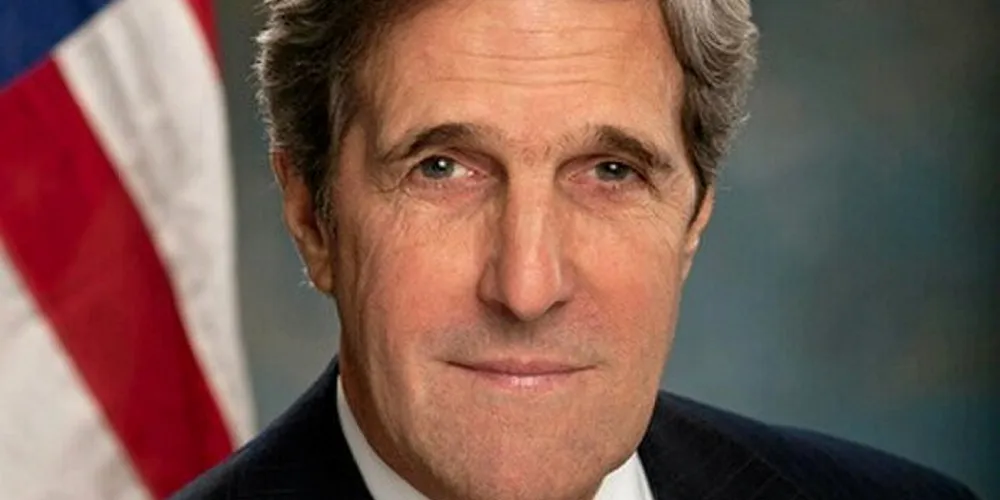US set to announce global nuclear fusion strategy at COP28
John Kerry is expected to outline plans next week when he is joined by Eni boss Descalzi on visit to Commonwealth Fusion

John Kerry is expected to outline plans next week when he is joined by Eni boss Descalzi on visit to Commonwealth Fusion
